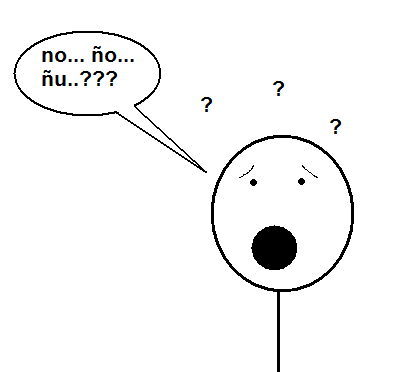Two years ago, as I finished my thesis, moved to a new city, and started a new job, I’ve had to pause my Quechua schedule for about two months. However, after I settled at my new living quarters, I continued my learning process.
To start off, I found two resources that I’ve added to my list: a book by Marcelo Grondin N. called Método de Quechua: Runa Simi. I’m using the second edition (1980). It may take some time to find, but it seems to be a great resource for learning, judging by the good reviews this book has received on language learning forums. Another reason I think this book will make a good resource is because the author attempts to distance himself from the castellanismos (Spanish words adopted by Quechua) that are common nowadays, which suits me since I want to learn Quechua as my father and grandparents spoke it.
The second resource I found is at the Pontifical Catholic University of Peru (PUCP)’s website, which contains an interactive course with basic lessons. If you browse a little bit, you’ll find a page with a comprehensive summary of several grammatical points and vocabulary. You can find the interactive lesson here.
I should mention that both resources are in Spanish, which means that you’ll need to be fluent in the language to understand them. However, my intention is that when I reach a comfortable proficiency level in Quechua, I can write basic Quechua lessons for English speakers.
So, today, let’s focus on reviewing personal pronouns. As far as I know, there are seven different nominative personal pronouns. They can be classified as first, second, or third person; and as singular or plural. They are:
ñuqa – I
qam – you
pay – he/she
ñuqanchik – we
ñuqayku – we
qamkuna – you
paykuna – they
So, most of these pronouns can easily be translated to English. However, there’s a slight distinction between “ñuqanchik” and “ñuqayku” (both translate to “we”). I’ll go through a brief summary of what I’ve learned.
ñuqa is first person, singular and translates directly to “I”. Many references spell is as “ñoqa” or “noqa”. Regardless of spelling, its pronunciation remains the same.
qam is second person, singular and translates directly to “you”. I’ve also seen it being spelled as “kam”. This type of spelling, however, would make the pronunciation a bit different since k and q are pronounced differently.
pay is third person, singular. There are no distinctions between “he” and “she” in Quechua and the word “pay” can be used for both cases.
ñuqanchik is an inclusive pronoun, which means that in addition to the speakers, it also includes the listener. This means that it will translate to English as “we” but we can only use it when the sentence also includes the listener. There are different classifications to this pronoun, such as:
first person, plural – since it refers to more than one person (plural) and it includes the speaker (first person); this classification is the most obvious since it translates to “we”
However, a special case of ñuqanchik is that it is also used to refer to a singular speaker + a singular listener and no one else, classifying it somewhat as:
first+second person, singular – since it refers to a singular first and a singular second person. The PUCP classifies it as “fourth person, singular”. Note that the ‘singular’ and ‘plural’ markers here refer to conjugations.
Variations in spelling include: ñoqanchej and noqanchej.
ñuqayku is a first person, plural, exclusive pronoun, so it doesn’t include the listener. It also translates directly to “we”, but it’s only used in cases where the listener is not included in the sentence. Alternate spellings include “ñoqayku” and “noqayku”. Here are two examples of when to use ñuqanchik and when to use ñuqayku:
Joe and Sam are talking about a movie.
Joe: Hey Sam, we [ñuqanchik] should go check out that new movie.
Sam: I’ve already seen it with a group of friends. We [ñuqayku] really liked it.
In this example, Joe uses “we” to refer to himself and Sam, but Sam uses “we” to refer to himself and a group of friends, excluding Joe.
qamkuna is second person, plural. It translates directly into “you” or “y’all” depending where you’re from.
paykuna is third person, plural. It translates directly to “they”.
So this is everything I’ve reviewed for now. If you speak Spanish, you may want to check out this video, which covers the Quechua pronouns. Until next time!
